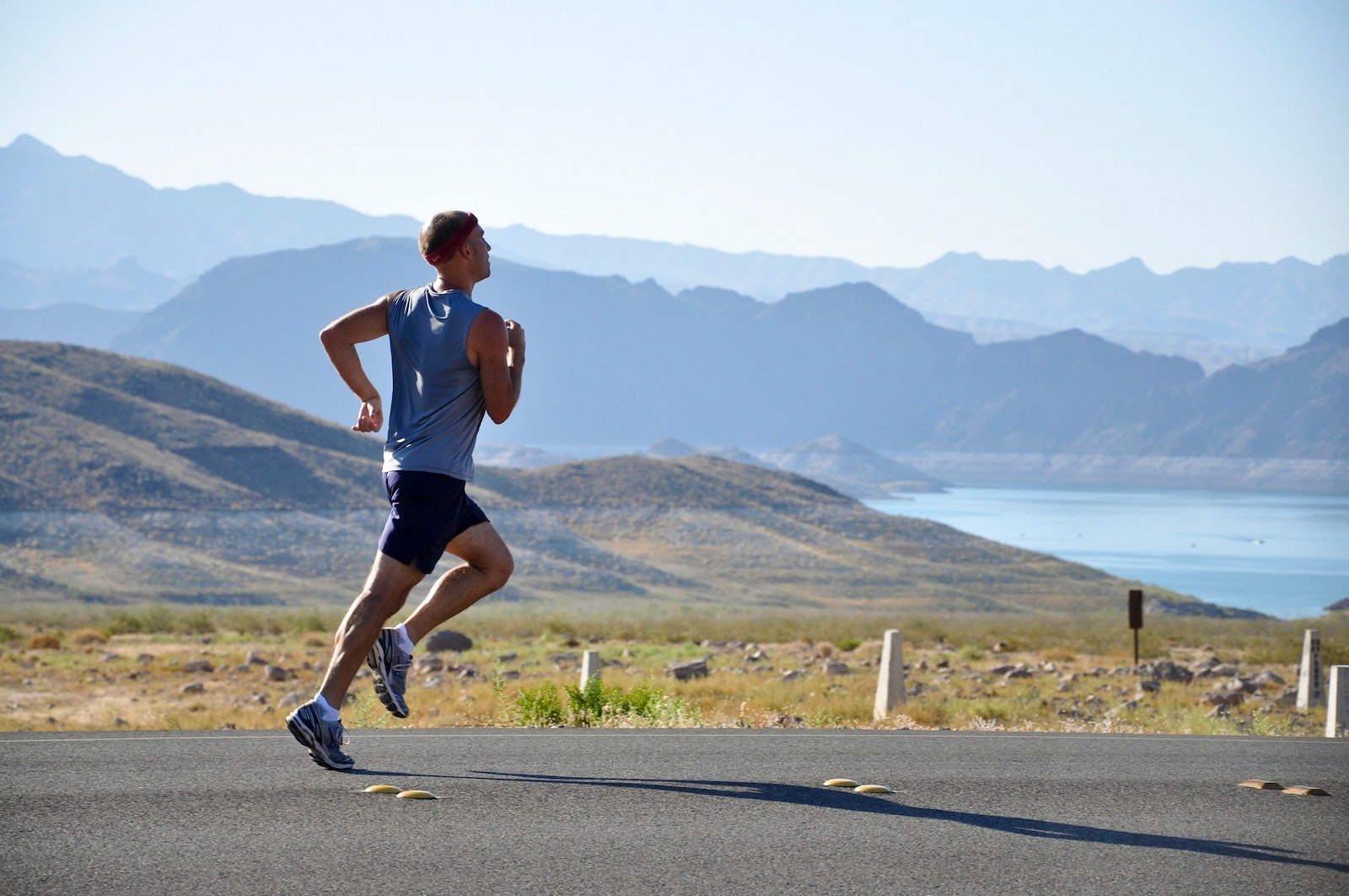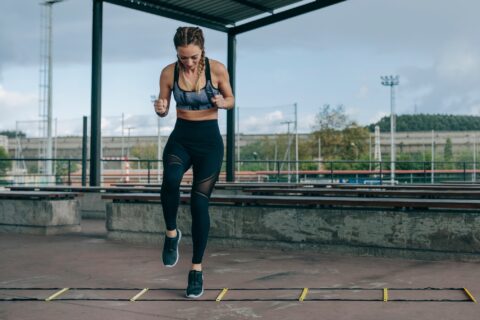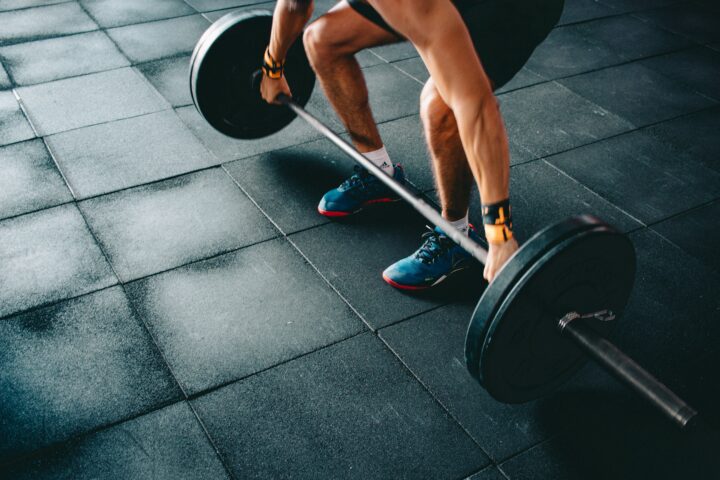With more large wildfires appearing around the world in recent years, many endurance athletes wonder where and how to draw the line with training outdoors during poor air quality.
With more large wildfires appearing around the world in recent years, many endurance athletes wonder where and how to draw the line with training outdoors during poor air quality.




